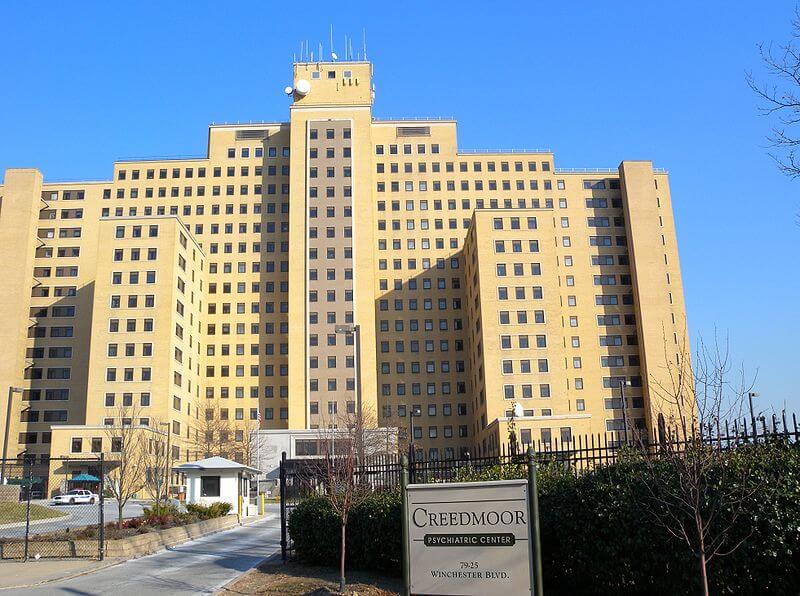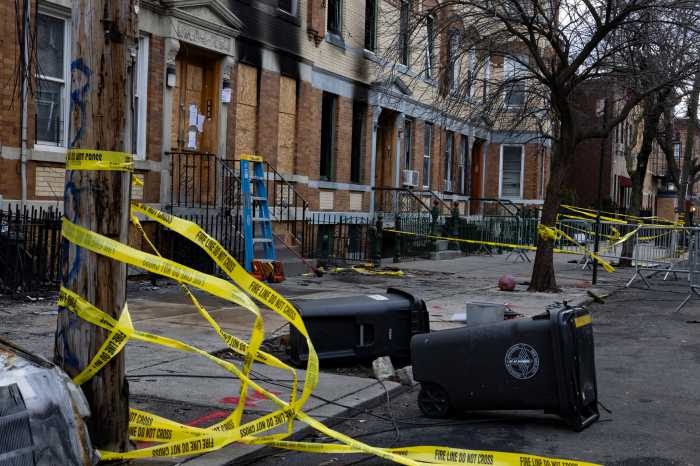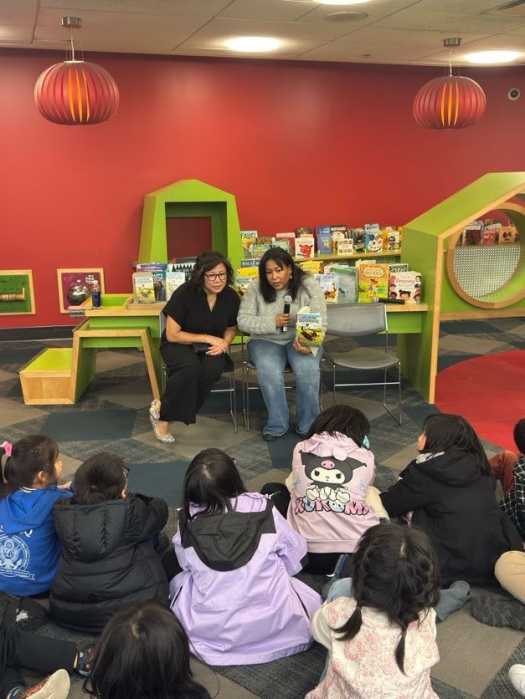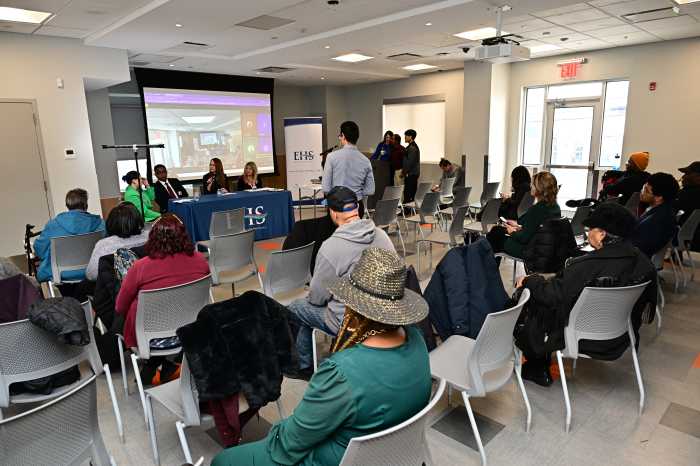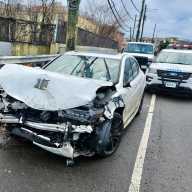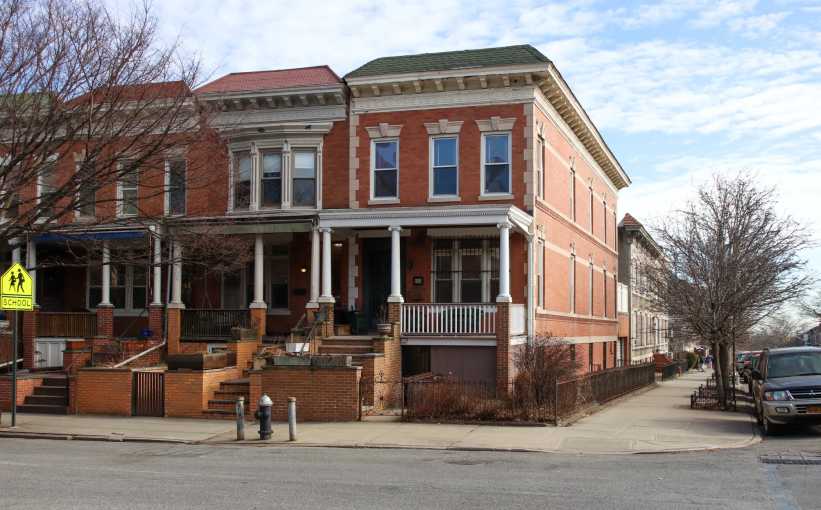Debate over the Creedmoor Community Master Plan tp create more than 2,700 housing units on the psychiatric hospital’s vast campus in eastern Queens continued during the Empire State Development (ESD) virtual public scoping meeting on July 18.
Numerous residents and activists pushed for the plan’s approval because it would create more than 1,200 new affordable housing units in a borough desperate for them. Others, however, believe the plan is inappropriate both in scale and community character.
Last December, Gov. Kathy Hochul unveiled the Creedmoor revitalization plan, a joint effort between Empire State Development and Queens Borough President Donovan Richards. It proposes the construction of 2,775 housing units, including 1,249 affordable units, on 58 acres of the 125-acre site. The development will include 6-8-story co-ops with elevators, 3-4-story walk-up co-ops, triplexes and semi-detached two-family homes, addressing the dire need for housing.
Additionally, the plan includes community facilities, a K-8 school, retail space, open spaces and an early childhood center.
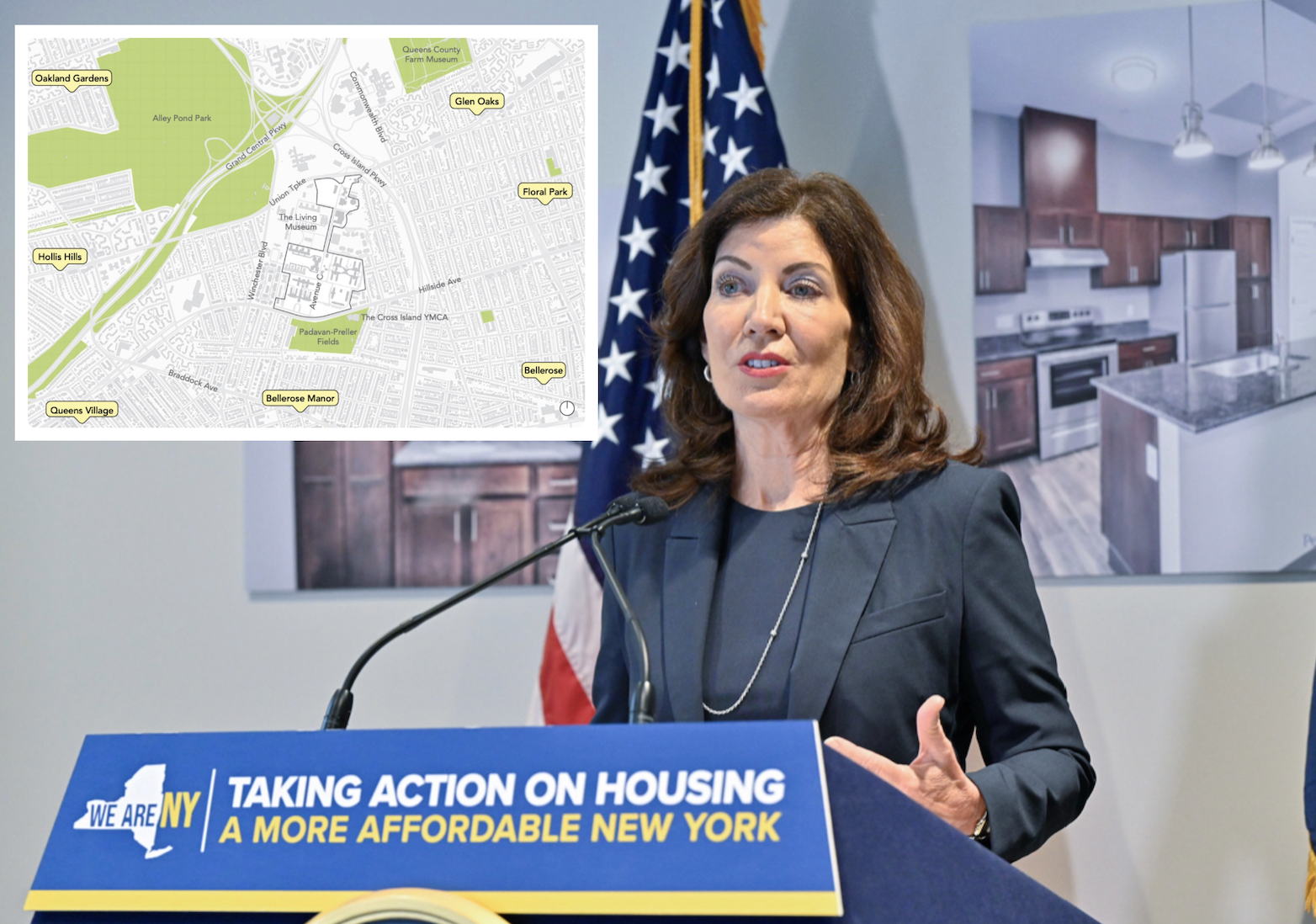
Many participants pointed out the dire need for affordable housing in a city where the American dream of homeownership or even renting an apartment has become unattainable for many New Yorkers. The rental vacancy rate of 1.4% is at an all-time low, and rents have surged 33% from pre-pandemic levels while the median sales price has climbed 24%, according to Bloomberg.
‘This housing emergency costs them the most’
One participant shared that she had already moved to Connecticut and had to commute to New York City, while others said they were considering leaving the city. Some said that the development provided an opportunity for homeownership, especially for Black and Brown Queens residents.
“There are plenty of Black and Brown people in our community who are leaving Queens because they can’t afford to live in Queens,” one participant said.
One Rosedale resident said she had a difficult time making ends meet. The healthcare worker and mom was at a point where she was considering leaving the city because she could not afford to live in New York City any longer.
One Queens resident said she still lived with her family because of the high rents. She pointed out that eastern Queens had numerous examples of 6-8-story buildings next to 2-3-story garden apartments and single-family homes.
“I really believe that kicking the can down the road is going to leave many people behind. I think of current generations, such as myself and many people on Zoom, and future generations of this area, who I know will thank us for providing more avenues for affordable housing,” she said.
Father Carl Adair, assistant director at Zion Episcopal Church in Douglaston, voiced his support for the state’s plan due to the housing crisis because the cost of housing had far outpaced wages across the city.
“We need a plan whose scope matches the state of emergency that we are in,” Adair said. “Those who are most affected are working people, especially black and brown families. People who work as MTA operators, nurses, teachers and home health care aides, this housing emergency cost them the most.”
Adair said the housing crisis also affected many young people.
“There are a number of young adults who have grown up at Zion who are still living in their childhood bedrooms because they can’t afford a place of their own on an early career salary, and the only option for them to live on their own and begin the life that they dream of is to leave the city,” Adair shared.
Reverend Paulette Zimmerman, executive administrator at the AIDS Center of Queens County, shared that one of the center’s projects was permanent supportive housing.
“Every morning, our waiting room is packed and jammed with clients who are in need of housing. So we have a serious problem in terms of affordable housing,” Zimmerman said.
Zimmerman, who has lived in the area close to Creedmoor for 20 years, also raised the issue of seniors unable to find affordable housing.
“What happens as you age, as you become a senior, and you need affordable housing so that the day you leave work is not the day that you are on the sidewalk,” Zimmerman said. “Therefore, this project will help us to get affordable housing for people in all age groups. And we will be able to serve them as is needed as opposed to what is wanted.”
Queens Borough President Donovan Richards pointed out that the project addressed the concerns of Queens residents, such as affordability, homeownership, housing opportunities for young people and working professionals and the need for Veteran housing. Richards was also keen on better transportation, construction jobs, community facilities, open space and retail opportunities. He urged the public to stay engaged.
“This will not be a perfect plan. I don’t come online and pretend that things are going to be perfect. This will be a perfectly imperfect plan like most land use projects that come through the city,” Richards said. “Nobody is going to get everything they want in this specific plan, but we’re going to fight hard to make sure that we leave in eastern Queens certainly better than we found it.”
Questioning the density
Despite those arguments, Assembly Member Edward Braunstein (D-Queens), whose district includes the Creedmoor site, reiterated his opposition to the project’s density and said the ESDC did not consider the community’s request for a lower-density development.
“The community I represent deserves better from the state of New York. They deserve to be heard. And I will continue to support them as this process moves forward,” Braunstein said.
State Senator Toby Ann Stavisky (D-Queens) was not only concerned about the density of the project, but also addressed the issue of safety and environmentally hazardous materials on the site.
“There are currently, from what I understand, 12 closed fuel tanks [and] eight biodiesel tanks in operation. There’s been asbestos reported in the buildings; there is soil contamination,” Stavisky pointed out. “These are obviously detrimental to people’s health. I hope it will be addressed in the environmental impact statements.”
Some Queens residents said the density of the project would overwhelm the neighborhood. One lamented the planned 6-8-story elevator co-op buildings would stand out like a “sore thumb.” Others noted that development at this scale would add to traffic congestion, overwhelm infrastructure and decrease the property values of existing homes.
Bob Friedrich, board president of Glen Oaks Village Co-Op, also called for a change in income eligibility.
“The plan sets income eligibility at up to 100% of AMI, that means very, very low-income individuals. We want AMI eligibility to be set at 81% to 165% of AMI, which New York state defines as moderate to middle income,” Friedrich demanded.
Yiatin Chu, who is running for state Senate on the Republican ticket in Queens’ District 11 against incumbent Toby Ann Stavisky, said that homeowners in the area invested their life savings and paid high property taxes to live in New York City’s less dense area.
“We believe there can be a balance of adding more housing options that is in keeping with the neighborhood, the character of our neighborhoods,” Chu said.
Chu also questioned the project’s timeframe. According to a public scoping report, the Creedmoor redevelopment will break ground in 2027 and be completed in 2040.
“The projected timeframe to build this project will be over a decade. I’m seriously concerned for the community nearby. They will be impacted and suffering through these constructions,” said Chu, urging the ESD to revise the plan.
One Douglaston resident said people should stop looking for a “handout.”
“The people again who say that they don’t have enough money to afford a house, this is America. Don’t look for a handout. Look for a hand-up,” she said. “But don’t look for affordable housing. Look at the end of your own hands and not a handout.”
The public still has a chance to weigh in regarding the development until Monday, Aug. 19, at 5 p.m. They can email their written statement to CreedmoorEIS@esd.ny.gov or via regular mail to Empire State Development, Attn: Vanessa Calizaire, 655 Third Ave., 4th Floor, New York, NY 10017.

